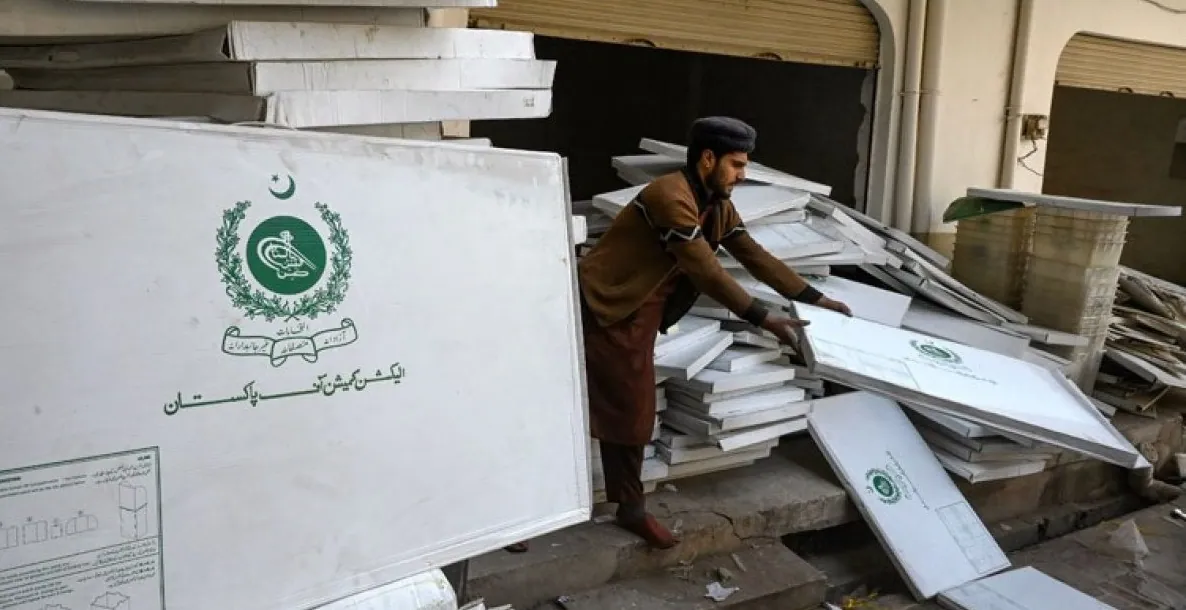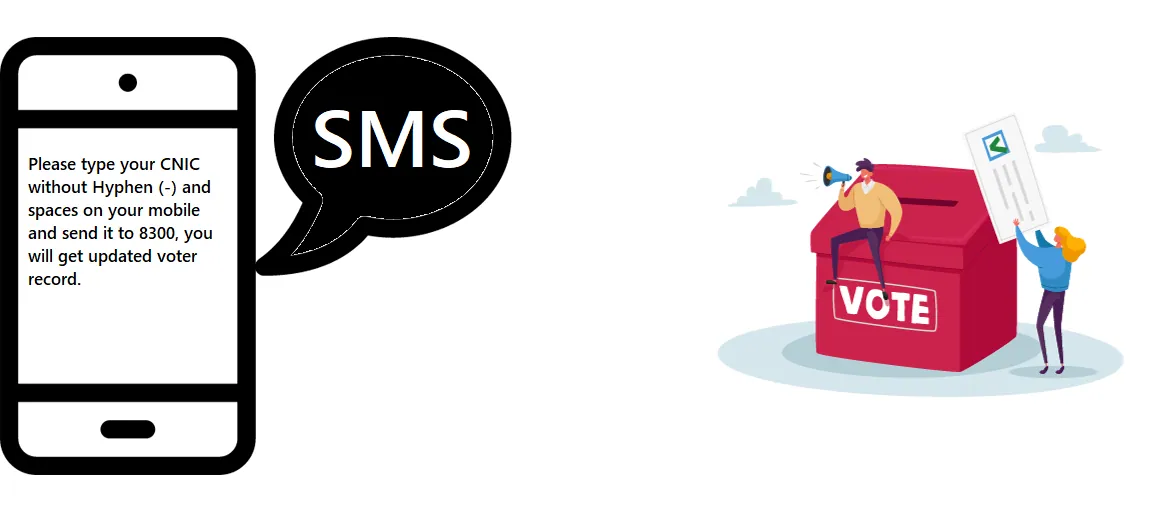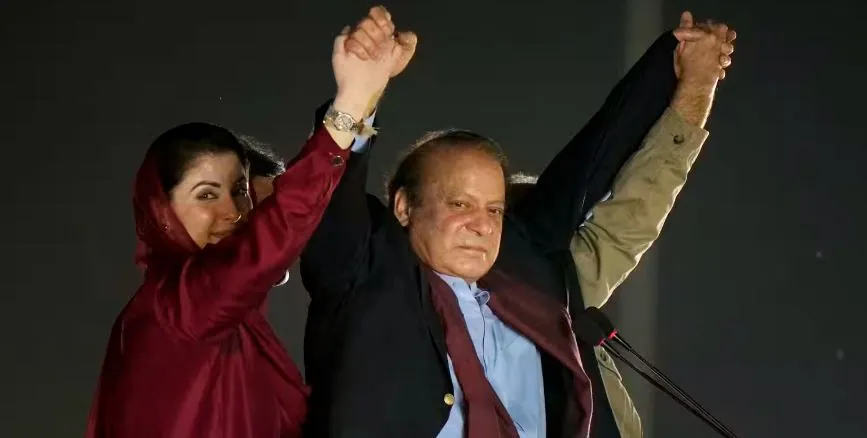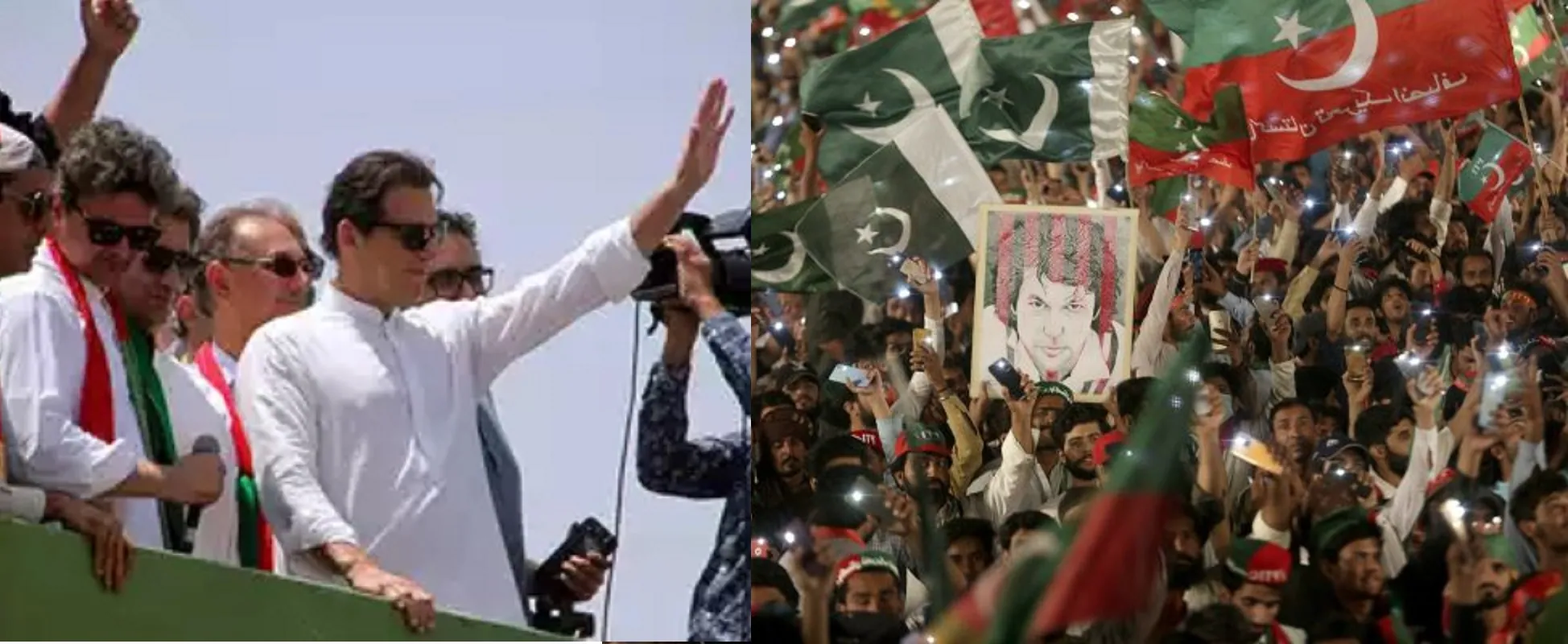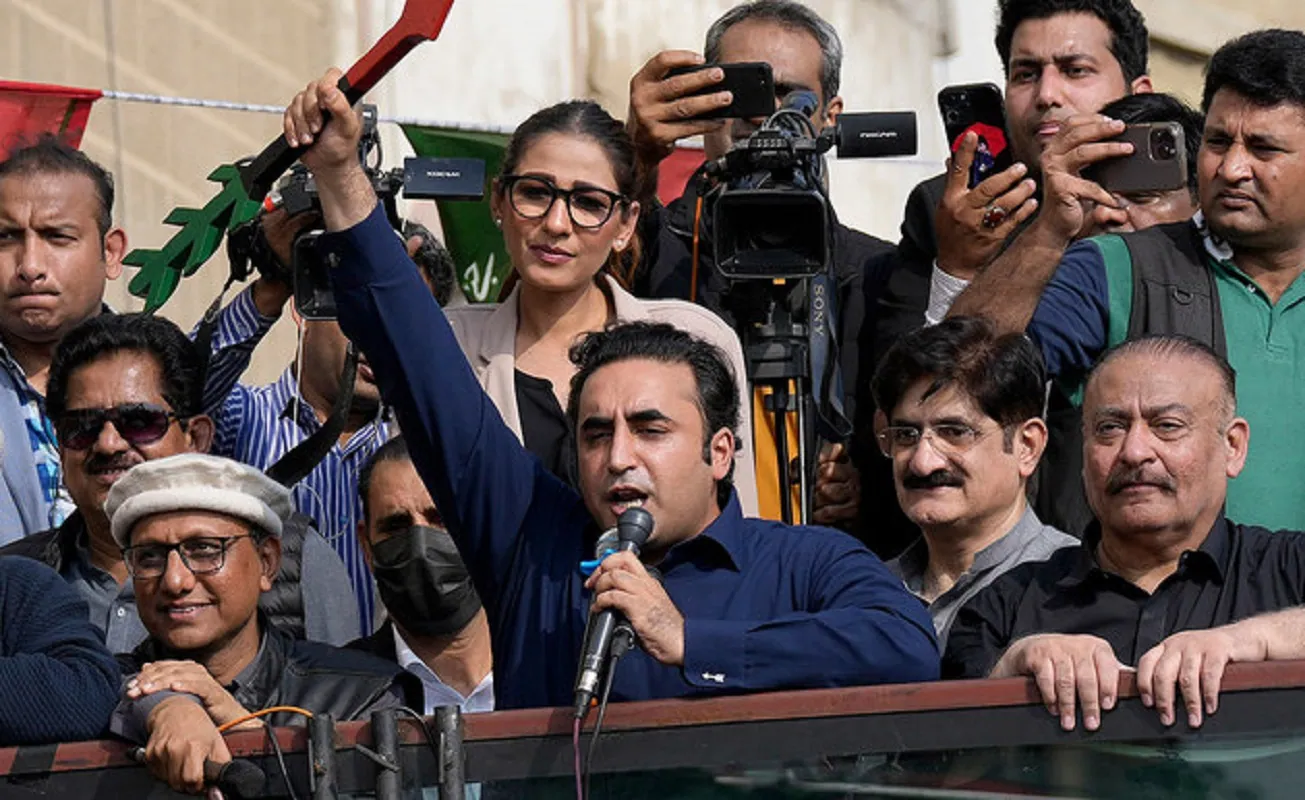Pakistan is on the brink of a significant political milestone as it prepares for the eagerly awaited general elections scheduled for February 8, 2024. As a parliamentary democracy, the nation is gearing up for a transformative electoral process that will shape the course of its governance over the next five years.
Election Landscape:
In this democratic exercise, 44 political parties are in the fray, presenting a total of 5,121 candidates for the federal legislature, with an additional 12,695 candidates contesting in state legislatures. A substantial voter base of 128 million, out of a total population of 241 million, is set to participate in shaping the future of the country through the ballot.
Key Events Leading to the Elections:
The journey to the polls has been marked by significant events, including the dissolution of the National Assembly on August 9, 2023, and the return of former Prime Minister Nawaz Sharif in October 2023, reversing his convictions and sentences upon appeal. After initial rescheduling, the elections are now poised to take place on February 8, following a series of developments.
Voter Verification Mechanism:
Ensuring a transparent and reliable electoral process, citizens can verify their registration by sending their CNIC (Computerized National Identity Card) number, sans hyphens or spaces, to 8300. The SMS reply provides crucial details such as block code, silsila number, gharna number, Quami Asambly Halqa number, Sobai Asembley Halqa number, and the designated polling station.
What SMS Reply to voter?
- Shumriyat Block Code.
- Silsla Number.
- Gharna Number (Household No).
- Quami Asambly Halqa Number (National Assembly
Constituency No). - Sobai Asembley Halqa Number (Provincial Assembly Constituency No).
Election Dynamics and Outcome:
The National Assembly, boasting 336 seats, witnesses 266 members elected through direct voting, while 70 seats are reserved. Independent candidates, alongside winning candidates, contribute to the formation of the National Assembly, which subsequently votes to appoint the Prime Minister. A majority of 169 votes is required for the successful candidate.
Prominent Political Entities:
The political spectrum is largely influenced by three major parties: Pakistan Muslim League-Nawaz (PML-N), Pakistan People’s Party (PPP), and Pakistan Tehreek-e-Insaf (PTI). PML-N, with Nawaz and Shehbaz Sharif at the forefront, appears as a formidable contender. However, PTI’s Imran Khan is notably absent from the ballot due to recent criminal convictions.
Critical Issues and Challenges:
The incoming government faces an array of challenges, including economic hardships, diplomatic complexities with Afghanistan, infrastructural rehabilitation, power supply concerns, and the containment of insurgent separatist groups.
Anticipated Outcomes and Public Sentiment:
Amidst years of political turbulence and stagnant living conditions, public sentiment is marked by skepticism towards significant change. The contrasting trajectories of Nawaz Sharif and Imran Khan contribute to a complex political landscape, potentially resulting in lower voter turnout and raising questions about the credibility of the upcoming elections.
Conclusion:
As Pakistan stands on the cusp of the general elections, the nation is poised for a pivotal moment that will shape its political landscape. The outcome will not only determine the composition of the government but will also serve as a reflection of the collective aspirations and expectations of the Pakistani populace for a more stable, prosperous, and accountable governance.
FAQ
Q1: When are the general elections in Pakistan scheduled to take place?
A1: The general elections in Pakistan are scheduled to take place on February 8, 2024.
Q2: How many political parties and candidates are participating in the elections?
A2: A total of 44 political parties are participating, presenting 5,121 candidates for the federal legislature, and 12,695 candidates are contesting in state legislatures.
Q3: What key events led to the upcoming elections?
A3: The National Assembly dissolution on August 9, 2023, and the return of former Prime Minister Nawaz Sharif in October 2023 after four years in exile are pivotal events.
Q4: How can Pakistani voters verify their registration status?
A4: Voters can verify their registration by texting their CNIC number (without hyphens or spaces) to 8300. They will receive an SMS reply with updated voter information.
Q5: What is the composition of the National Assembly, and how is the Prime Minister elected?
A5: The National Assembly has 336 seats, with 266 members elected through direct voting and 70 reserved seats. The Prime Minister is elected by a majority vote in the National Assembly.
Q6: Who are the major political players in the upcoming elections?
A6: The dominant parties are Pakistan Muslim League-Nawaz (PML-N), Pakistan People’s Party (PPP), and Pakistan Tehreek-e-Insaf (PTI). Nawaz Sharif and Shehbaz Sharif lead PML-N, while Imran Khan, founder of PTI, is absent from the ballot.
Q7: What are some major issues facing Pakistan, and what challenges will the incoming government address?
A7: Pressing issues include the economy, diplomatic relations with Afghanistan, infrastructure repair, power outages, and the containment of separatist militant groups.
Q8: What is the expected outcome of the February 8 elections?
A8: Public skepticism persists due to years of political discord. The return of Nawaz Sharif and legal challenges faced by Imran Khan may influence voter turnout, raising questions about the election’s credibility.
